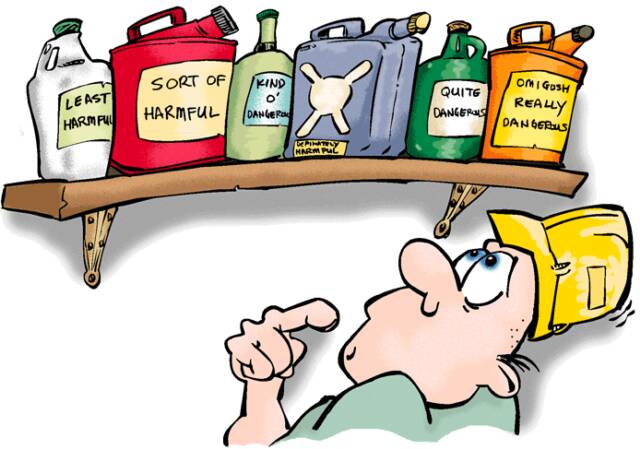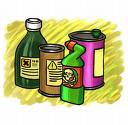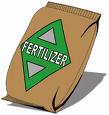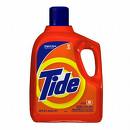Introduction
Chemistry has very practical and useful applications in everyday life. Synthetic fibers in clothing, fertilizer used on landscapes and in gardens, non-stick coating on frying pans, and the countless types of plastics are all the result of applied chemistry. Most scientists would argue that our lives are better due, in part, to the ways that chemistry is used everyday. In order to become more aware of the ways in which chemistry affects your daily life, you are asked discover chemicals in your own home, analyze them, and evaluate the elements they are composed of.
Guiding Questions
What chemicals are readily found in the home?
What are the uses of household chemicals?
What are the active and inert ingredients found in household chemicals?
What elements are household chemicals most commonly made of?
Are the compounds found in household chemicals "safe"?
The Task
You will choose several household products from a list of categories. You are required to compare three different products within each category by finding both their "active" ingredients and "inert" or inactive ingredients. For example, if you choose the pain reliever category, you might compare the active and inert ingredients in Tylenol, Aleve, and Motrin. You will then use the Internet to find the chemical formulas for both the active and inert ingredients in the products. Once you have determined the chemical formulas for each ingredient, you will then count the number of atoms of each element present in those compounds. Finally, you will determine whether the chemicals found in your products are organic or inorganic. For this part of your WebQuest, you can organize your data in several ways, including:
in an Excel spreadsheet,
in a table generated in Word,
in a PowerPoint presentation, or
in a Webpage designed by you.
The Process
Choose three categories from the list below. Within each category, you will find three different brand name products. You will compare the chemical compounds that make up these products. In most cases, the chemical ingredients found in these products are listed as "active ingredients" and inactive or "inert ingredients".
Categories
* Pain relievers
* Hand/Body lotions
* Antacids
* Hair care products
* Cough drops
* Cold symptom relievers
* Allergy medicines
* Laundry soaps
* Cold sore ointments
* Athlete's foot treatments
* Antiperspirants
* Pesticides/Insecticides
* Herbicides
* Fertilizers
You will make a list of all active ingredients, and the first three inert ingredients, listed on each label and the quantities (ex: mg, oz, %) in which they are found. If no quanities are listed show N/A. (not applicable)
Using the Internet, find the chemical formulas for each of the chemical ingredients listed.
Several websites can be used to find the chemical formulas you are looking for:
You can also venture forth on your own, using Google, Altavista, Dogpile, or some other search engine to find the chemical formulas you need to complete this WebQuest.
Organize your information in a coherent fashion. You can do this in a variety of ways. You can organize this information into an Excel spreadsheet, in a table generated in Word, in a presentation in PowerPoint (a separate slide for each product, perhaps), or in a webpage. See an example here.
List the:
1.) Product Catagory
2.) Product Name
3.) Active Ingredients and Inactive or inert ingredients
4.) Quanity
5.) Molecular Formula
6.) Number of atoms present from each element.
7.) Whether the compound is organic or inorganic.
8.) List the source where you found the chemical formula. (i.e.-- which webpage, book, online index did you use?)
Conclusion:
Finish your data table by answering the following questions.
1.) Were any common ingredients found in each of the product catagories? If so list them.
2.) Were any of the products listed as hazardous waste on Household products database:? If so describe how the product should be disposed of.
3.) What was the most difficult aspect of completing this WebQuest? Why?
4.) What was the most valuable knowledge you learned from this WebQuest?






